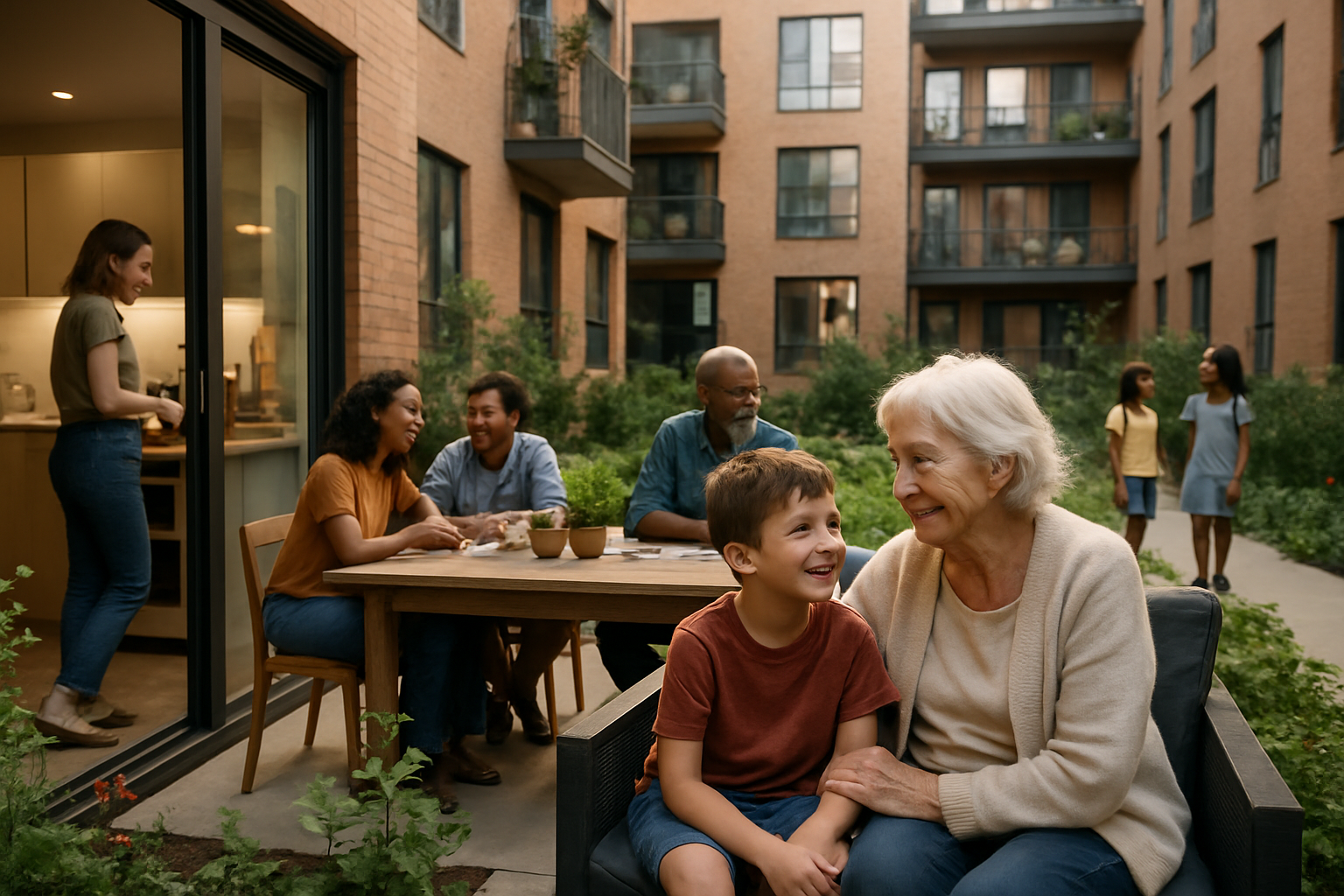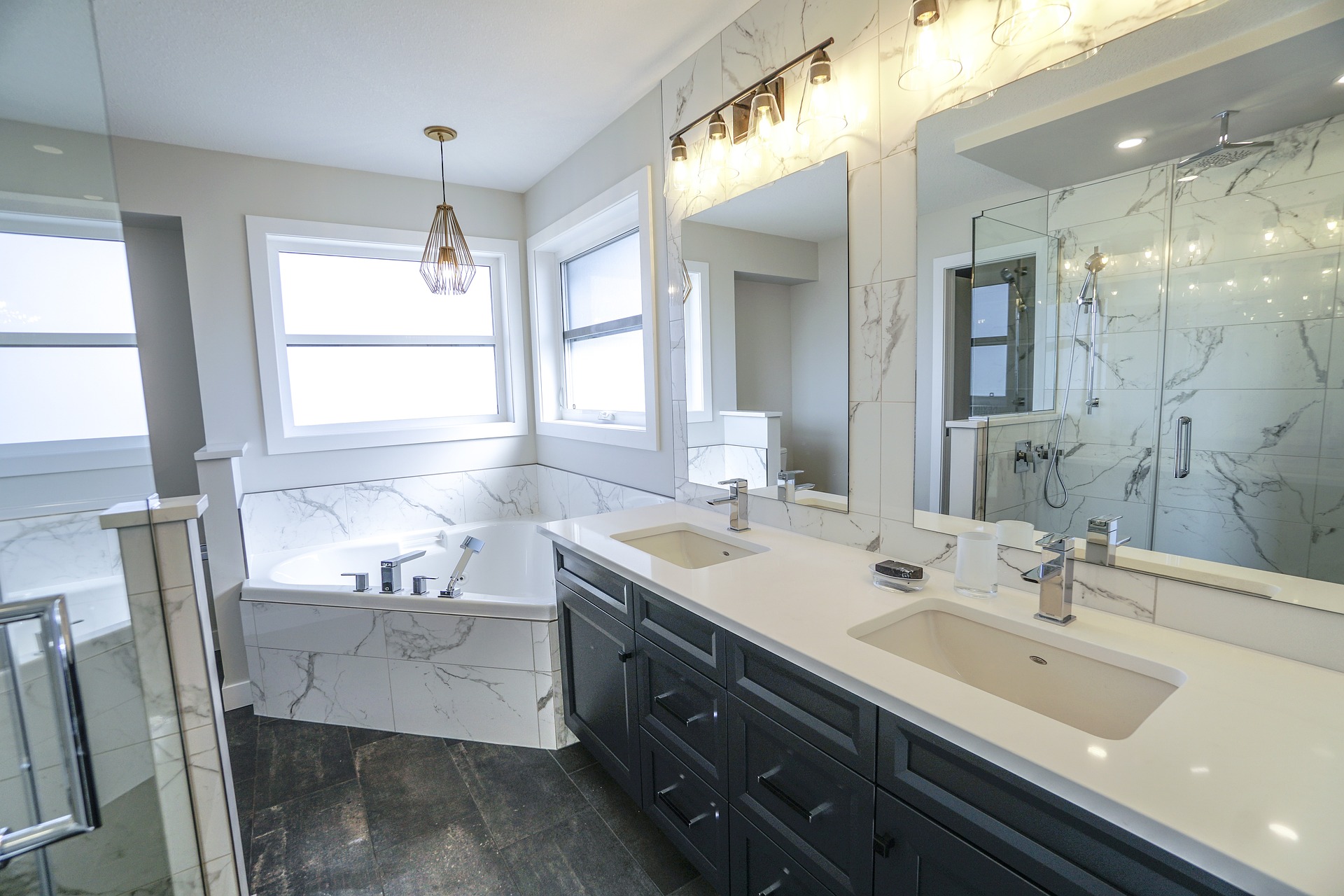Senior Living: A Comprehensive Guide for Modern Retirees
Deciding where to spend your retirement years is one of life's most significant choices. Senior living options have evolved dramatically over the past decade, offering diverse arrangements that cater to varying needs, preferences, and lifestyles. Today's seniors can choose from independent living communities, assisted living facilities, memory care units, and continuing care retirement communities. Each option provides unique benefits and services designed to enhance quality of life while addressing specific care requirements that may change over time.

Uncovering the Advantages of Independent Living for Active Seniors
Independent living communities offer a lifestyle that combines freedom with convenience—perfect for seniors who can live autonomously but desire a maintenance-free environment. These communities typically feature private apartments or homes within a campus setting, eliminating concerns about lawn care, home repairs, or security. Residents enjoy amenities such as fitness centers, swimming pools, walking paths, and communal dining options.
The social aspect represents perhaps the most significant advantage of independent living. Regular activities, classes, and events foster new friendships and combat isolation—a common challenge for seniors living alone. Many communities also provide transportation services, allowing residents to attend medical appointments, shop, or participate in cultural events without driving concerns.
Research shows that seniors in independent living communities often report higher life satisfaction and better mental health outcomes than those aging in place without social support systems. The combination of independence and community creates an environment where residents can thrive while maintaining their autonomy.
Discovering the Charm of 2 Bedroom Senior Apartments in Las Vegas
Las Vegas has emerged as a top retirement destination, offering seniors abundant sunshine, no state income tax, and world-class entertainment. Two-bedroom senior apartments in Las Vegas provide spacious living arrangements that accommodate visitors, home offices, or hobby rooms—a significant advantage for active seniors transitioning from larger homes.
Las Vegas senior communities typically feature desert-inspired architecture with cooling design elements like covered patios and energy-efficient windows. Many properties offer resort-style amenities including swimming pools, spas, and outdoor entertainment areas designed for year-round use. The extra bedroom proves invaluable for hosting grandchildren or out-of-town friends attracted by the city’s entertainment options.
Senior-specific properties in Las Vegas often incorporate age-friendly features like zero-threshold showers, lever door handles, and enhanced lighting—all seamlessly integrated into elegant designs that avoid an institutional feel. Communities like Sun City Summerlin and Siena offer established neighborhoods with two-bedroom options ranging from 1,100 to 1,800 square feet, providing ample space without excessive maintenance requirements.
Key Factors to Consider When Choosing Senior Friendly Housing Communities
When evaluating senior housing options, location deserves careful consideration. Proximity to healthcare facilities, shopping centers, cultural attractions, and family members significantly impacts daily life and emergency situations. Communities located within medical corridors provide peace of mind regarding healthcare access.
Financial structure represents another critical factor. Some communities operate on a rental model with monthly payments covering housing and services, while others require substantial entrance fees with reduced monthly costs thereafter. Understanding contract terms, including what happens if care needs change, helps prevent unpleasant surprises later.
The availability and quality of healthcare services within the community should be thoroughly evaluated. Some communities provide multiple care levels on one campus, allowing residents to transition from independent living to assisted living or memory care without relocating. This aging-in-place model minimizes disruption when health needs evolve.
Don’t underestimate the importance of community culture. Visit prospective communities multiple times, including mealtimes and activity periods. Observe resident interactions and staff attitudes. Ask about resident involvement in governance and the stability of management. A vibrant, well-run community with engaged residents generally indicates high satisfaction levels.
Tips for Finding Affordable and Comfortable Senior Apartments in Your Vicinity
Affordable senior housing exists in various forms, including subsidized apartments, tax credit properties, and privately owned communities with reasonable rates. Begin your search by contacting your Area Agency on Aging, which maintains comprehensive resource lists for senior housing options in your region.
Government programs like HUD’s Section 202 Supportive Housing for the Elderly and Low-Income Housing Tax Credit (LIHTC) properties offer reduced rents based on income qualifications. Many seniors don’t realize they qualify for these programs, which typically reserve units for those earning below 60% of the area median income.
Consider timing and location flexibility to maximize affordability. Properties in suburban areas often cost less than those in city centers. Some communities offer move-in specials during slower seasons or when opening new buildings. Being willing to take a unit on a lower floor or with a less premium view can also reduce costs significantly.
Housing cooperatives represent another affordable option gaining popularity among seniors. In this model, residents purchase shares in the cooperative rather than individual units, generally resulting in lower monthly costs than traditional homeownership while maintaining community amenities.
Exploring the Unique Features of Senior Living Communities Across the United States
Senior living communities across America reflect regional cultures and preferences. In the Southwest, communities emphasize outdoor living spaces with drought-resistant landscaping and abundant recreational options like golf courses and pickleball courts. Florida communities often feature water-oriented amenities including fishing piers, waterfront dining, and hurricane-resistant construction.
Northeast communities typically highlight cultural connections with partnerships involving local universities, museums, and theaters. Many offer lifelong learning programs taught by retired professors. Meanwhile, Midwest senior communities often emphasize family connections with spacious common areas for gatherings and intergenerational programs connecting residents with local schools.
Innovative design trends are emerging nationwide. These include technology integration with smart home features, telehealth stations, and community-wide Wi-Fi. Wellness-focused campuses incorporate features like meditation gardens, demonstration kitchens for nutritional education, and fitness programs tailored to various ability levels.
Some cutting-edge communities are embracing sustainability through solar power, rainwater collection systems, community gardens, and LEED certification. Others focus on specialized interests, creating communities centered around shared passions like arts, education, spirituality, or environmental stewardship.
Senior living continues evolving to meet changing expectations. Today’s retirees seek communities that support their desire to remain active, engaged, and purposeful—a dramatic shift from the retirement homes of previous generations. By understanding the diverse options available across the country, seniors can find communities that align with their values, interests, and lifestyle preferences.




